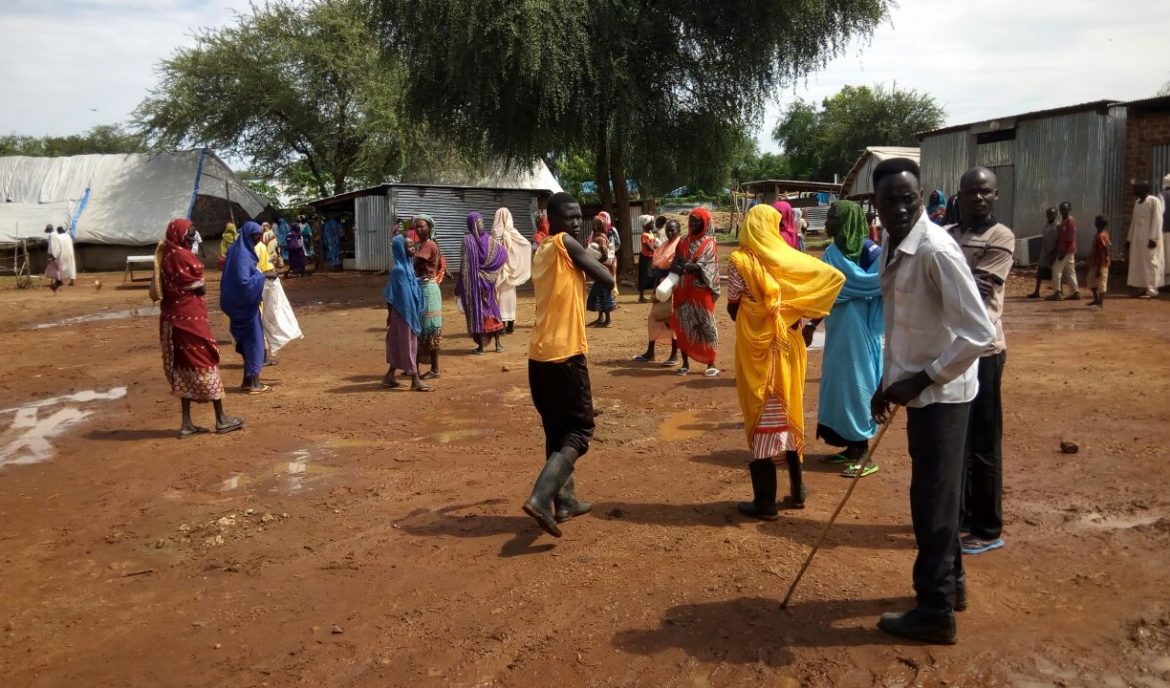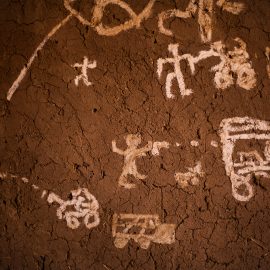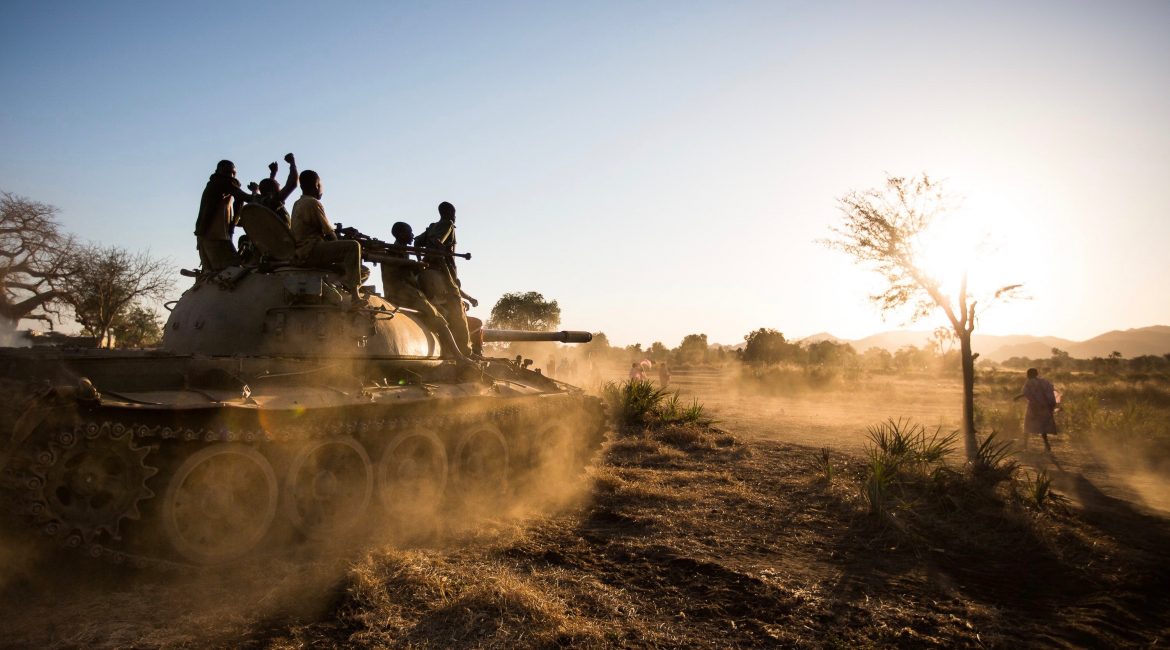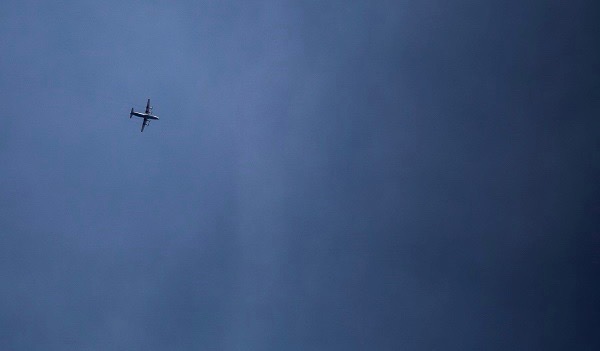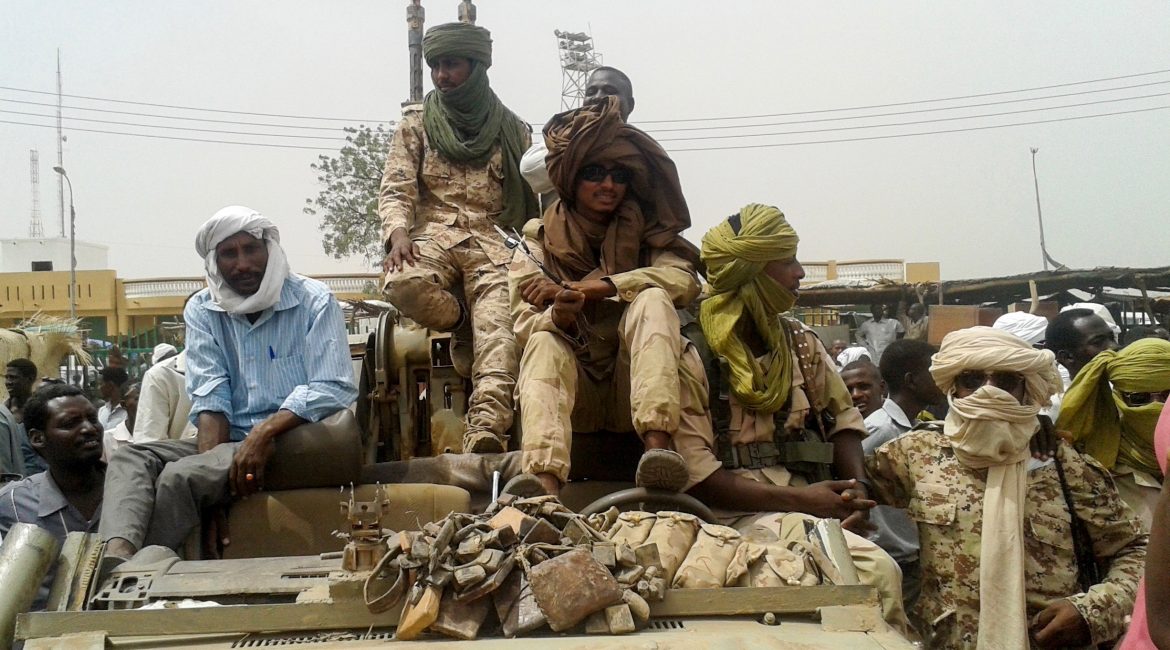SUDAN INSIDER |
This news summary is part of our Sudan Insider, a monthly newsletter
providing news and analysis on Sudan’s biggest stories.
Subscribe here to receive the Sudan Insider in your inbox.
…………………………………………………………………………………………………………..
Tensions continue in Maban refugee camp
What happened…
Tensions persist between the host community and Blue Nile refugee community in Doro camp in Maban County, South Sudan. Three days of violence erupted between the two communities over Christmas. The refugees, who are ethnic Uduk, and the host community are living in complete segregation: Refugees are no longer visiting the host community’s market or hospital, according to local sources and aid workers.
The conflict between the two communities stems from December 24-26 fighting last year. It constituted the bloodiest violence recorded between the refugees who fled the conflict in Blue Nile State, Sudan and the Maban host community. The number of casualties is disputed. Official sources claim around 32 people were killed while other sources claim the number is higher, reaching 70 in total from the two communities. According to Doro camp coordinator Tila Musa, 58 refugees are still missing and their whereabouts are unknown.
Who actually started the conflict is unclear, as both sides accuse the other of triggering the violence. According to human rights activist Ibrahim Yassin and other aid workers in Maban, the conflict started after National Security arrested six refugees on December 22 who work as traders, accusing them of transporting goods without paying taxes. One trader attempted to escape and the security forces reacted and beat the individual to death. This sparked into a wider conflict. The refugee community killed a local militia leader and burnt down his home, the same sources said.
The conflict between the Uduk tribe and the Maban host community started in June 2016 when three people were killed from both communities. Violence erupted again in November and led to the killing of more than 12 people from the host community. From 2012 to 2015, sporadic conflicts, largely between the Ingassana tribe and host community, took place in three refugee camps in Maban (Kaya, Gendrassa and Yousif Batil) resulted in at least 100 deaths, Yassin said . The more recent fighting, however, is based in Doro refugee camp.
What it means…
Several sources in Maban claim a large number of refugees from Doro camp have fled the violence in Maban to return to Blue Nile State in Sudan – the very place they originally escaped from. If these sources are accurate, the returnees will add to an already high number of internally displaced in Blue Nile State. Over a quarter of Blue Nile’s population are internally displaced, according to UN data, while approximately 21 percent of the population is in refugee camps in South Sudan and Ethiopia. Those returning to Blue Nile State will have limited or no access to farmland and livelihood opportunities.
The conflict in Maban reflects a wider problem Sudanese refugees emanating from the Two Areas face: an increasingly volatile and hostile host community due to ongoing insecurity in South Sudan. Now that President Omar al-Bashir announced a six-month ceasefire following the removal of U.S. economic sanctions, far more of these refugees may leave the restive refugee camps in South Sudan and return to Sudan.
Several refugee sources and the SPLM-N spokesperson, Arnu Ngutulu, claim Khartoum is backing a local militia in Maban – the Maban Defense Force – to incite violence between the refugees and host community. Maban is based near the internal conflict between the SPLA and SPLA-IO whereupon fighting took place just eight kilometers outside of Bunj town, Maban’s capital.
The root cause of the conflicts between the refugees and host community remains unclear. Several sources believe the conflicts largely stem over competition for limited resources. Many from the host community, for instance, resent the fact the refugees are receiving support from aid agencies while they do not receive consistent assistance despite the fact there are roughly 15,000 Maban locals internally displaced from South Sudan’s internal conflict, a local aid worker said.

